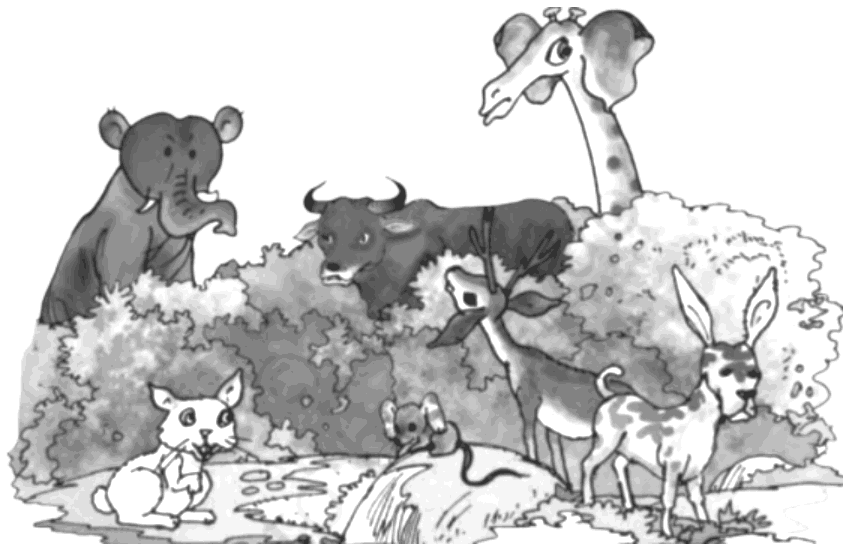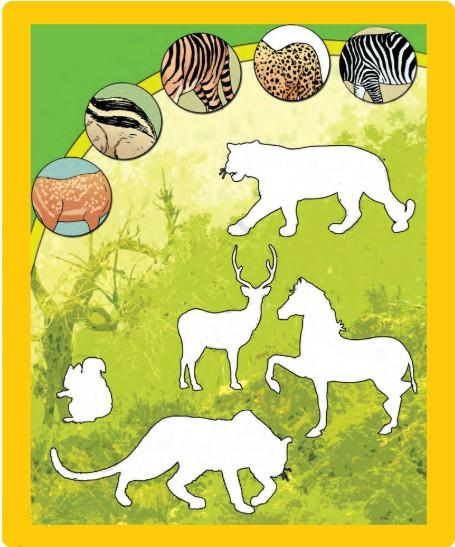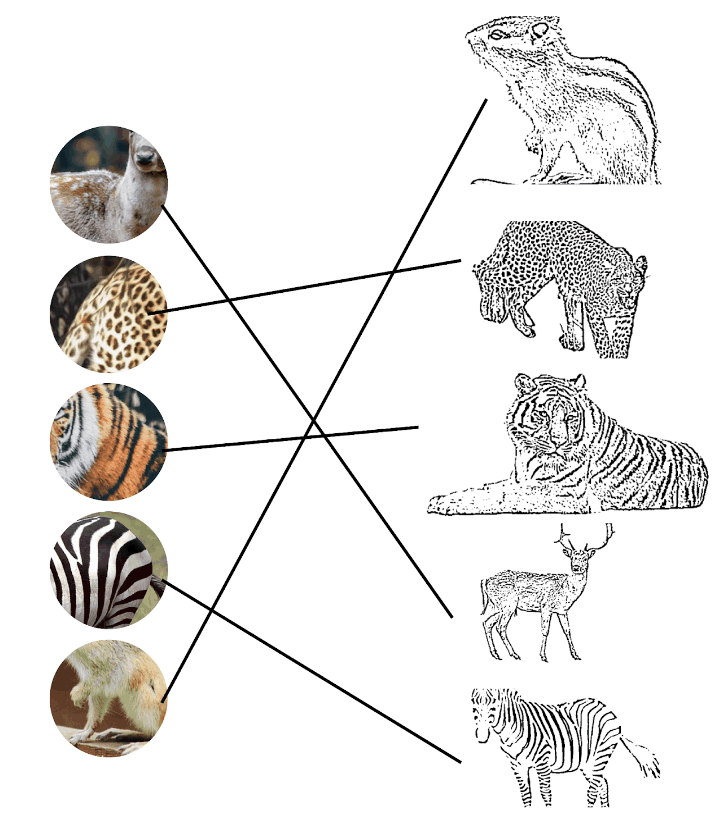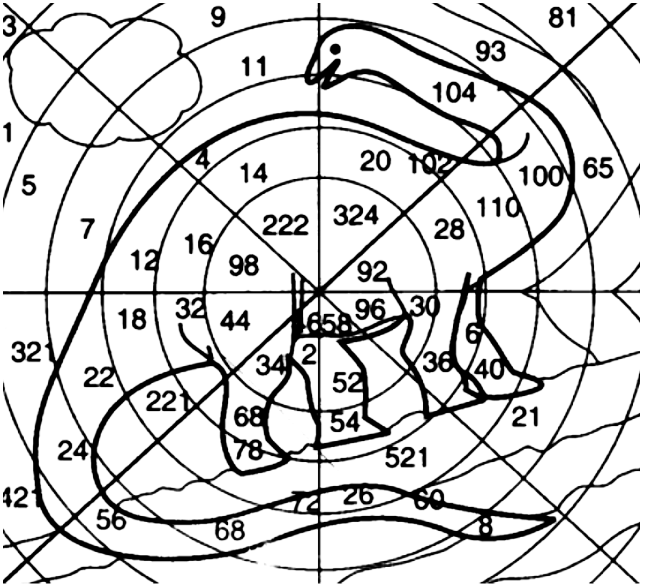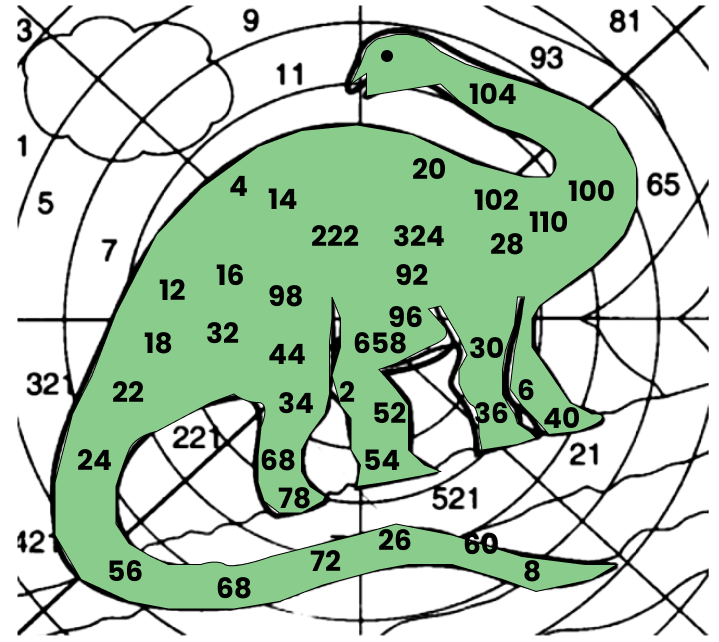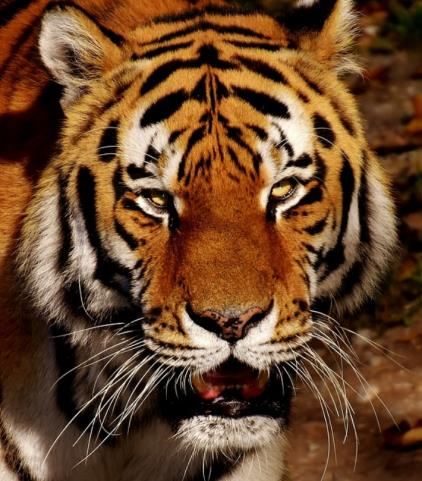Ear To Ear Questions and Answers - Free PDF Download
FAQs on NCERT Solutions For Class 4 Evs Chapter 2 Ear To Ear - 2025-26
1. What are the NCERT solutions for Class 4 EVS Chapter 2 ‘Ear To Ear’ as per the CBSE 2025–26 syllabus?
NCERT solutions for Class 4 EVS Chapter 2 ‘Ear To Ear’ provide detailed, step-by-step answers to all textbook questions. These follow the updated CBSE 2025-26 guidelines and include explanations for identifying animals by ear types, classifying animals by visible or hidden ears, and understanding the correlation with animal habits. Every solution matches the prescribed CBSE approach for effective exam preparation.
2. How do you identify animals with visible and hidden ears in Class 4 EVS Chapter 2 solutions?
To identify animals with visible and hidden ears in Class 4 EVS Chapter 2, observe each animal mentioned. Visible ears are external flaps (like in elephant, dog, cat, buffalo), whereas hidden ears are tiny openings often covered (like in birds, reptiles, frogs, fish). NCERT solutions include a table to help students classify animals accordingly as per CBSE guidelines.
3. According to the NCERT solution method, how do ears help animals in Chapter 2 ‘Ear To Ear’?
NCERT solutions explain that animal ears help in hearing and sometimes in regulating body temperature (like large ears in elephants). Ear shape and position help animals adapt to their habitats and protect themselves from danger. The solutions emphasize concept clarity about these adaptations for Class 4 understanding.
4. What is the correct way to answer pattern-matching questions about animal skins and ears in Class 4 EVS Chapter 2 NCERT Solutions?
To solve pattern-matching questions, NCERT solutions advise matching the animal image with its unique ear position and skin pattern, using tables or direct drawing, as per CBSE marking requirements. Correct identification and a neat solution ensure full marks.
5. Which animals from Chapter 2 ‘Ear To Ear’ lay eggs, and which give birth to babies? Explain according to NCERT solutions.
According to NCERT solutions:
- Egg-laying animals: fish, sparrow, crow, duck, frog, lizard, snake, ant, pigeon, peacock, hen.
- Animals that give birth to babies: elephant, buffalo, cow, giraffe, deer, cat, dog, pig, fox, camel, mouse.
6. What are frequent conceptual mistakes students make in Chapter 2 ‘Ear To Ear’ NCERT solutions?
The most common mistakes include:
- Confusing visible ears with hidden ones in animals like birds.
- Assuming animals without external ear flaps cannot hear.
- Mixing up which animals lay eggs versus which give birth.
7. Explain the process to classify animals based on ears and skin as per NCERT solution norms for Class 4 EVS Chapter 2.
As per NCERT solution norms, classify by first observing whether ears and hair/feathers are visible. Use a four-column table:
- Ears can be seen
- Has hair on skin
- Ears cannot be seen
- Has feathers on skin
8. Why does Chapter 2 ‘Ear To Ear’ use observation-based activities in NCERT solutions for Class 4 EVS?
Observation-based activities in NCERT solutions encourage students to actively relate concepts to real life. This builds analytical skills and aligns with CBSE’s focus on activity and understanding, rather than rote answers. Solutions include these practical tasks to develop scientific attitude in students.
9. What are the stepwise NCERT solutions for describing a pet animal in Class 4 EVS Chapter 2?
The stepwise answer involves:
- Name and type of animal
- Pet's habits (eating, sleeping)
- Special care routines
- Whether it has visible ears/hair
- Its way of reproduction (egg-laying or direct birth)
10. How do NCERT solutions for Ear To Ear Class 4 help in preparing for CBSE assessments in 2025-26?
NCERT solutions offer clear, CBSE-patterned stepwise answers, concept explanations, and practice with tables and diagrams. They ensure students can confidently attempt all types of questions expected in the 2025-26 CBSE EVS exams for Class 4, improving accuracy and scoring potential.
11. What is a Higher Order Thinking (HOTS) question based on NCERT Solutions for Ear To Ear Class 4?
Sample HOTS question: ‘Why do you think some animals have ears that are not visible but can still hear very well?’
Answer: Some animals, like birds or reptiles, have hidden ear holes for hearing. Their ears are covered to protect them from dirt and water, which helps them survive in their environments. The lack of external ears also reduces noise from wind and helps them stay safe from predators.
12. How should students approach questions involving tables and classification as per NCERT solutions for Chapter 2?
Follow a CBSE-marking approach:
- Read the question and headings carefully.
- Fill only the correct animals in each category—do not repeat or mix up entries.
- Keep to the table’s structure, ensuring clarity and neat presentation for maximum CBSE scores.
13. What if a student cannot identify an animal correctly in the activity questions of Chapter 2 NCERT solutions?
If a student is unsure, NCERT solutions recommend using textbook examples, pictures, and teacher guidance to confirm the animal's name before answering. This avoids errors in identification, which are critical in CBSE evaluation for EVS.
14. How does Chapter 2 ‘Ear To Ear’ connect ear types and animal survival, as described in NCERT solutions?
NCERT solutions explain that ear types support animal survival: large ears help dissipate heat (like in elephants), hidden ears prevent entry of dirt for birds, etc. These adaptations match where and how the animal lives, making identification and understanding essential for CBSE questions.
15. Summarize the main learning outcome of Class 4 EVS Chapter 2 as per CBSE NCERT solutions.
The key learning outcome is to classify animals by ear type, understand adaptations, and differentiate life cycles (egg-laying vs. direct birth). NCERT solutions ensure this outcome through clear answers and observation-based practice, aligned with CBSE’s learning objectives for 2025–26.



















